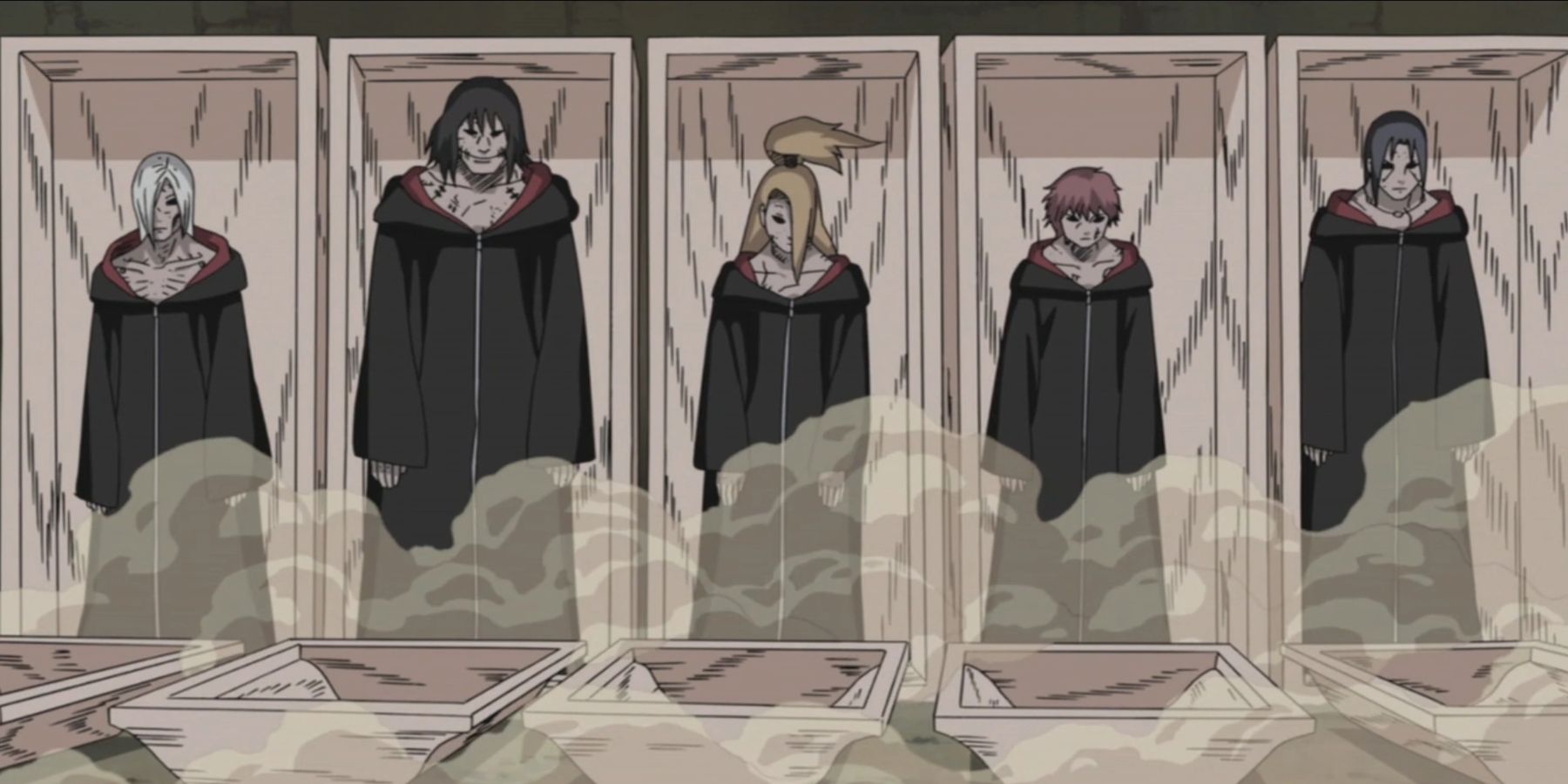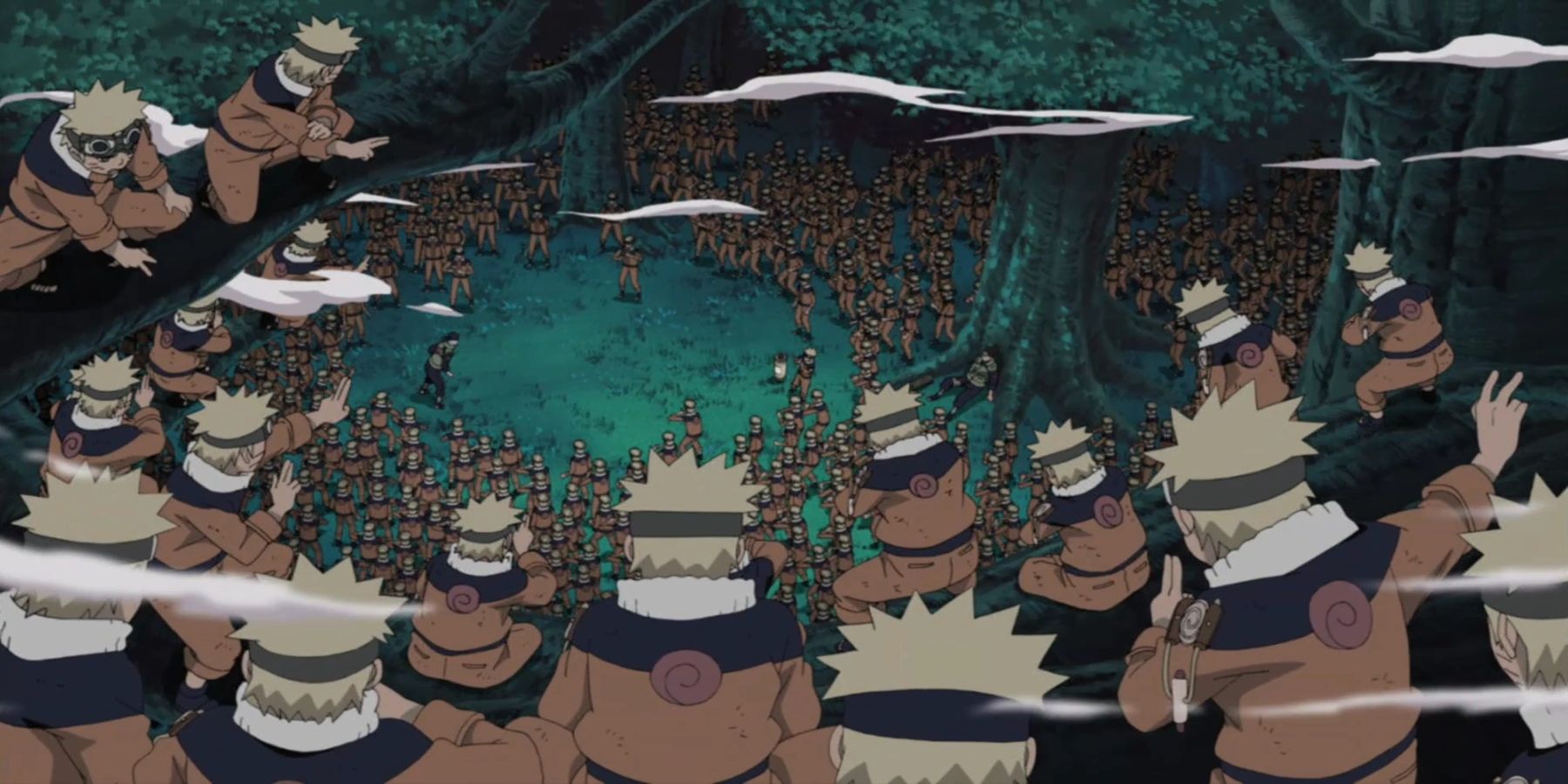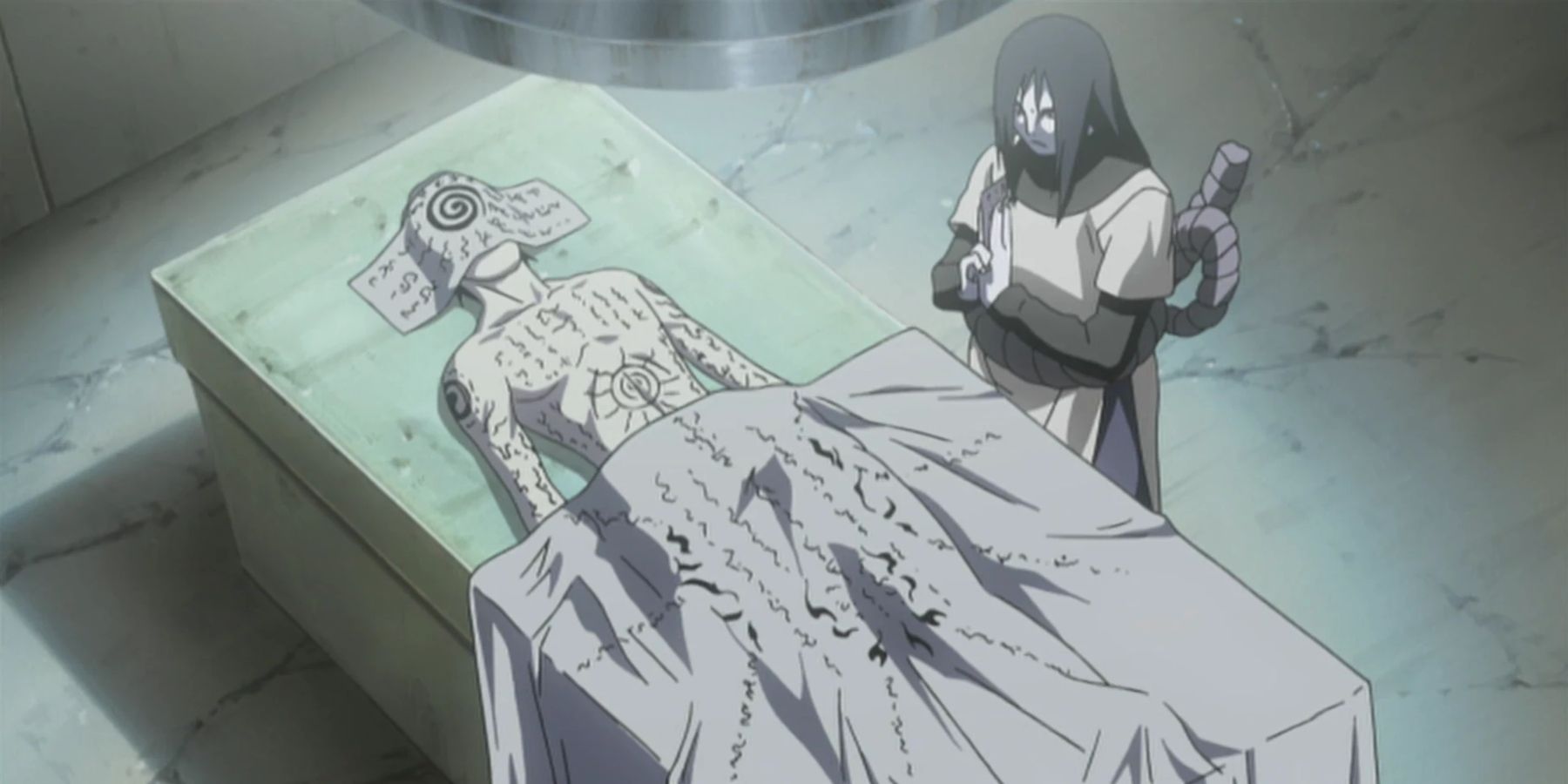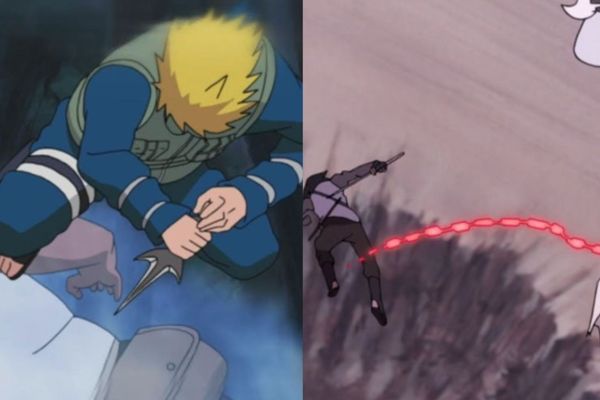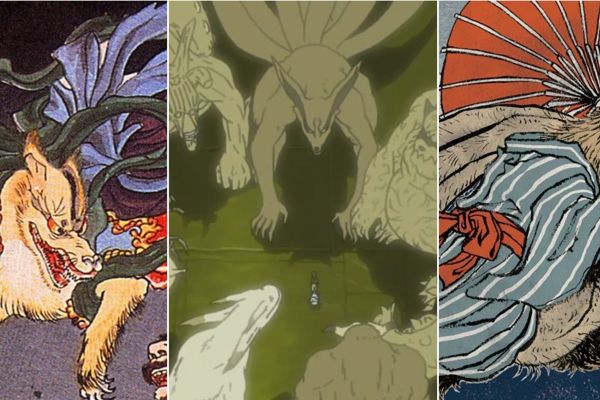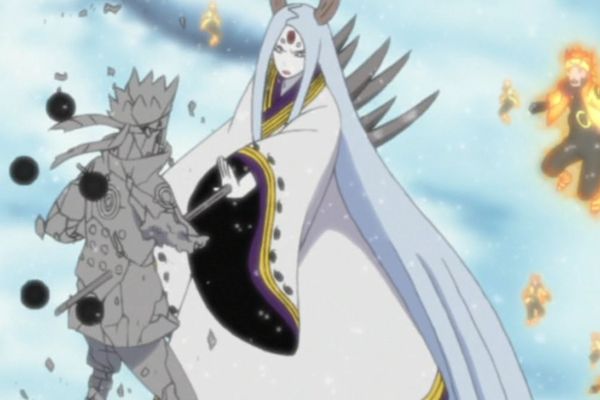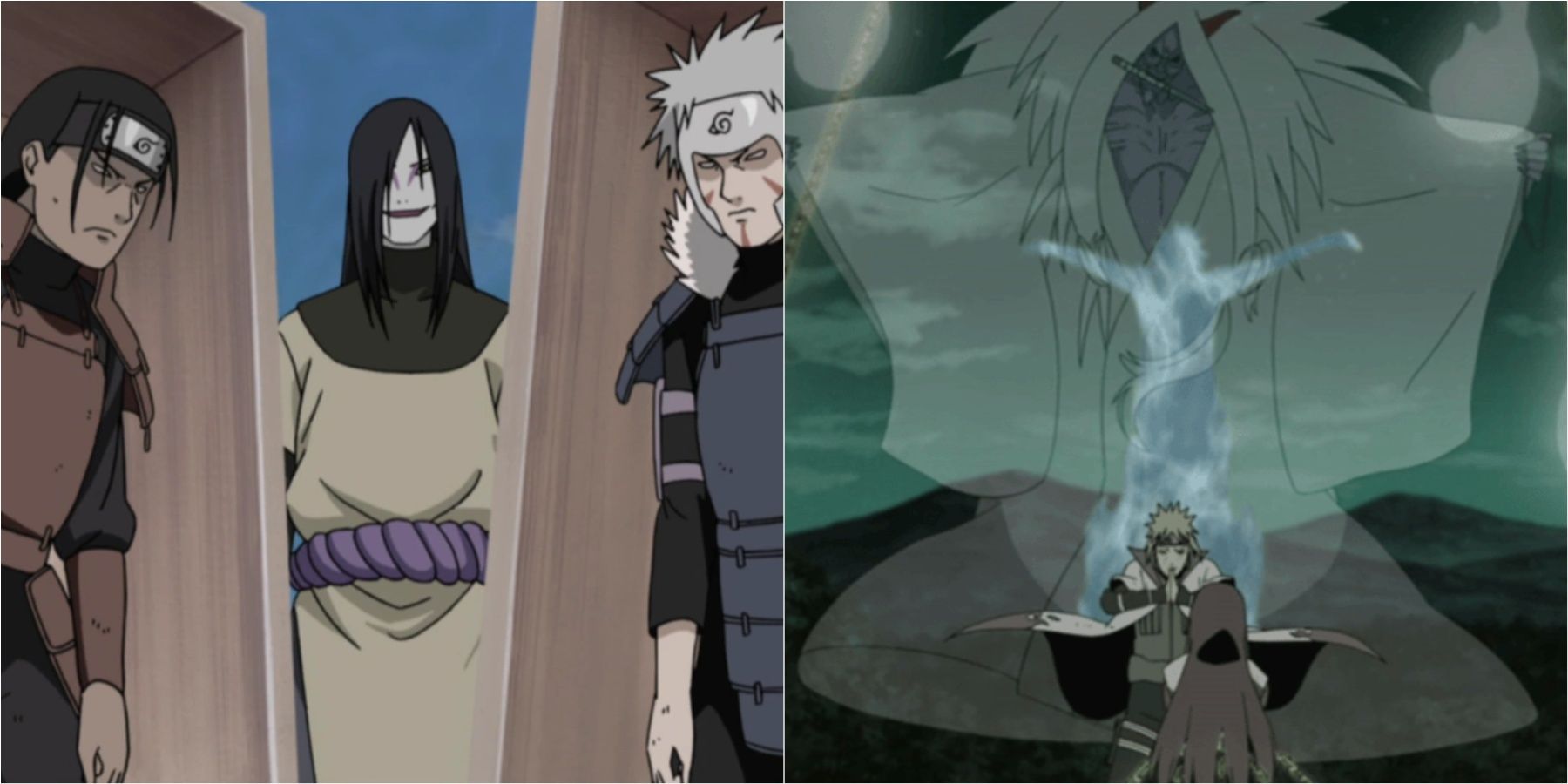
Unveiling Naruto's Forbidden Techniques: Unraveling the Secrets of Kinjutsu

Unveiling the world of Naruto's forbidden arts, Kinjutsu: dangerous and condemned techniques that delve into treachery and immorality Explore the prerequisites for their classification and the severe penalties for their use
In the shinobi world, there is a complex system of categorizing jutsu and techniques. While most people are familiar with Ninjutsu and Taijutsu, there is a lesser-known class of techniques called Kinjutsu. These forbidden techniques are considered to be extremely dangerous and unethical by the nations. Once a technique is classified as Kinjutsu, it is immediately prohibited from being taught to other shinobi, and its usage is heavily restricted. Throughout Naruto's storyline, fans have been introduced to various Kinjutsu, but the specific criteria for a technique to be considered Kinjutsu have rarely been explained.
What Are Kinjutsu?
The term "Kinjutsu," which means "forbidden technique" in Japanese, holds great significance. These secretive techniques are subject to intense scrutiny and are treated as forbidden in all nations. The classification of Kinjutsu originated after the Warring States Period when Shinobi villages decided to ban certain techniques to prevent unnecessary violence and maintain peaceful relationships with other nations.
Once a technique is labeled as Kinjutsu, it is no longer taught to other shinobi, and its details are concealed from the public. Despite their forbidden status, these techniques are cherished by their respective villages, showcasing their exceptional prowess and military strength. The Hidden Waterfall Village, for example, highly values the Earth Grudge Fear Technique, even though only the village elders have access to its secrets.
The category of Kinjutsu encompasses a wide range of techniques, spanning from seemingly harmless ones like the Multi-Shadow Clone Jutsu to otherworldly and morally questionable techniques like the Impure Reincarnation and Earth Grudge Fear Techniques. The inclusion of these vastly different techniques within the same category may initially appear absurd, but a closer examination of the classification system offers an explanation for this peculiarity.
Prerequisites for Categorization as Kinjutsu
Certain prerequisites determine the classification of techniques as Kinjutsu. One of the primary factors leading to a technique being categorized as Kinjutsu is its potential for self-inflicted harm. Techniques such as Reverse Lotus, Twin Snakes Mutual Death Technique, and Izanagi fall under this classification due to their tendency to render the user incapacitated or injured. Kinjutsu can also encompass chakra-intensive techniques that pose a significant risk, as excessive chakra consumption may eventually result in death. This is why even seemingly straightforward techniques like the Multi-Shadow Clone Jutsu are classified as forbidden.
Jutsu that violate the laws of nature are banned and considered Kinjutsu. This includes techniques like the Earth Grudge Fear Technique and Summoning: Impure World Reincarnation, as they artificially prolong life and revive the dead, which goes against natural laws. Kinjutsu also includes techniques that require a sacrifice, such as the Hidden Sand's One's Own Life Reincarnation Technique and the Impure Reincarnation Jutsu.
Jutsu that have the potential to cause widespread destruction are also classified as Kinjutsu. For example, the Aburame Clan's Jar of Poison Jutsu is forbidden because it necessitates sacrificing multiple dead bodies and results in extensive destruction, affecting both allies and enemies. The anime-exclusive forbidden technique called Fury is also labelled as Kinjutsu due to its highly destructive nature.
Penalties for Using Kinjutsu
Given that Kinjutsu is forbidden to be taught or used, it can be assumed that strict penalties would also be implemented. Although the shinobi world strongly disapproves of the use of Kinjutsu, there appears to be no designated punishment or deterrent to discourage shinobi from utilizing these techniques. It is worth noting that Naruto himself has been observed employing the Multi-Shadow Clone Jutsu since the outset of the series, yet there has been no reaction to such a clear violation.
When Kakuzu and Deidara absconded with forbidden techniques from their respective villages, they were classified as S-rank rogue ninja. However, the severe response stemmed from their desertion and betrayal of their villages, rather than the act of stealing a Kinjutsu. Orochimaru, in addition, faced ostracism due to his unethical experimentation and human sacrifices, not specifically because of the Impure Reincarnation technique. This is further demonstrated by the fact that the technique was actually devised by the Second Hokage, yet he never faced criticism for his morally questionable invention.
Despite utilizing a Kinjutsu to defeat their adversaries, the Third and Fourth Hokage were hailed as heroes for rescuing the Hidden Leaf Village. This undeniably highlights that employing a forbidden technique does not necessarily lead to severe repercussions, as the outcome greatly depends on the circumstances. The determining factors for discerning whether an individual poses a threat lie in their intentions and the means by which they acquired the forbidden technique.
Catch Naruto streaming on Crunchyroll.
